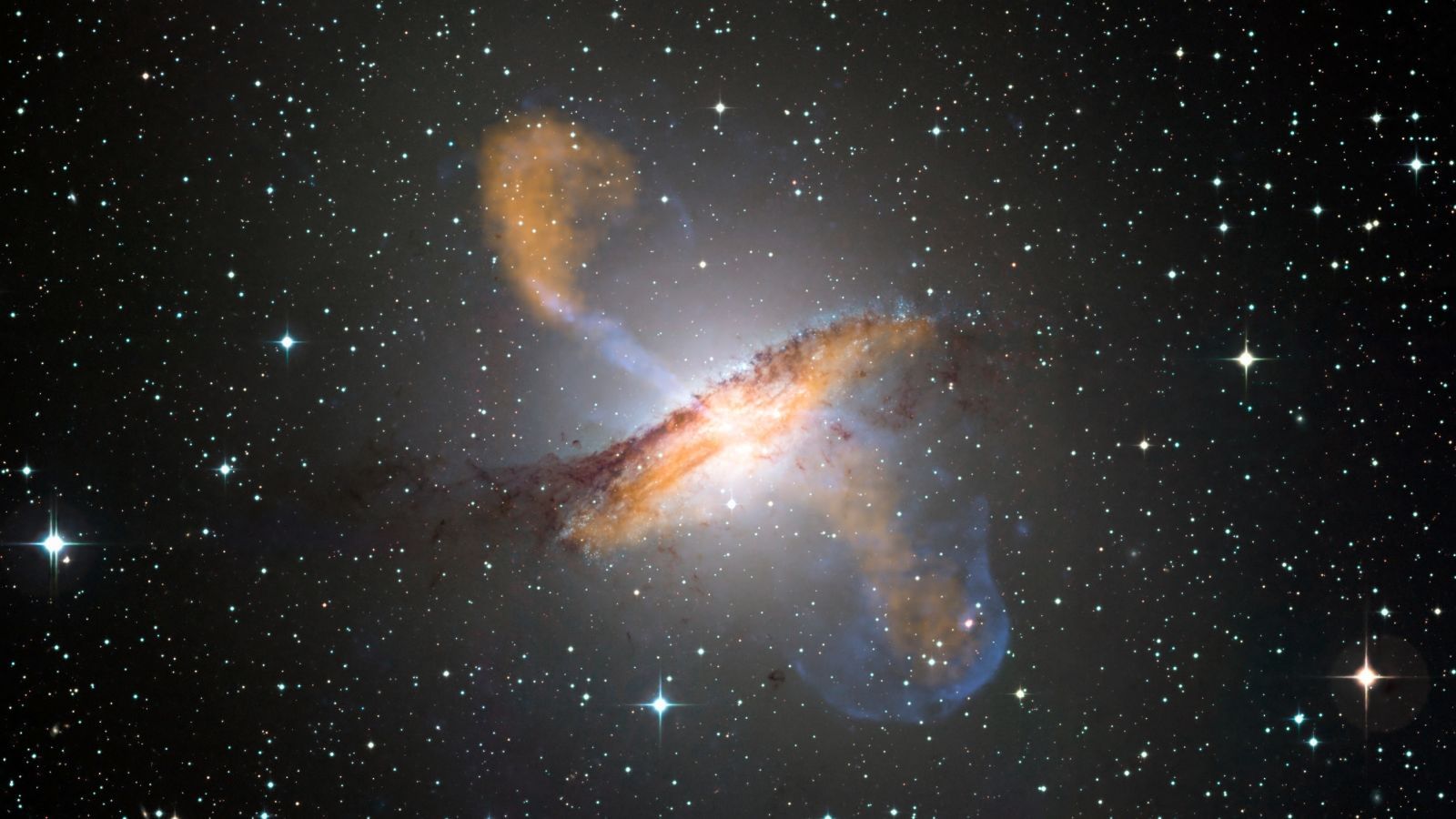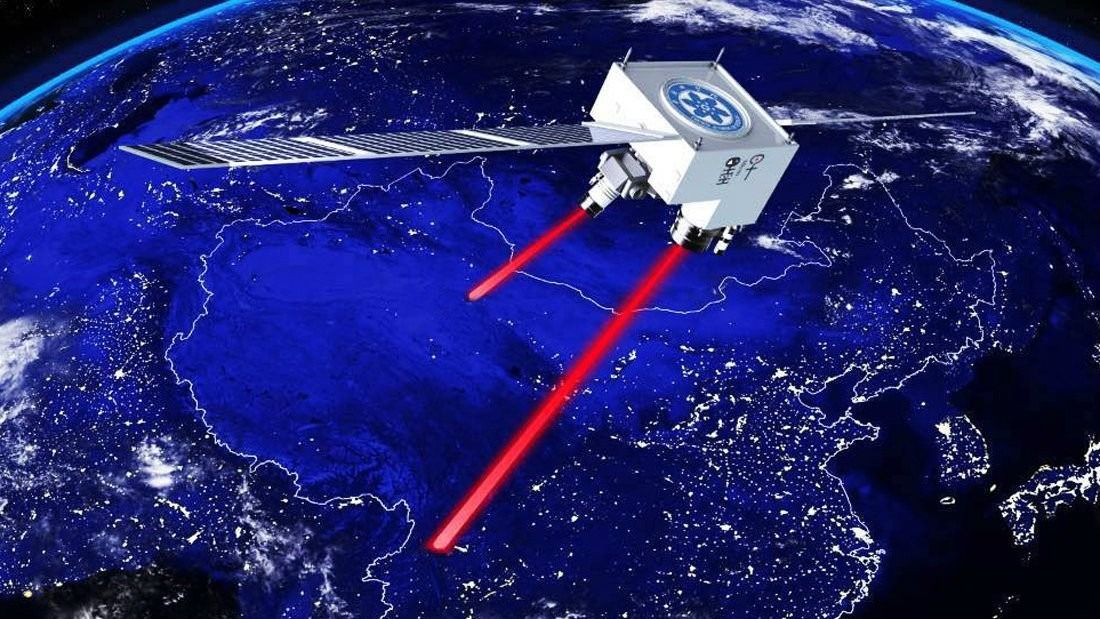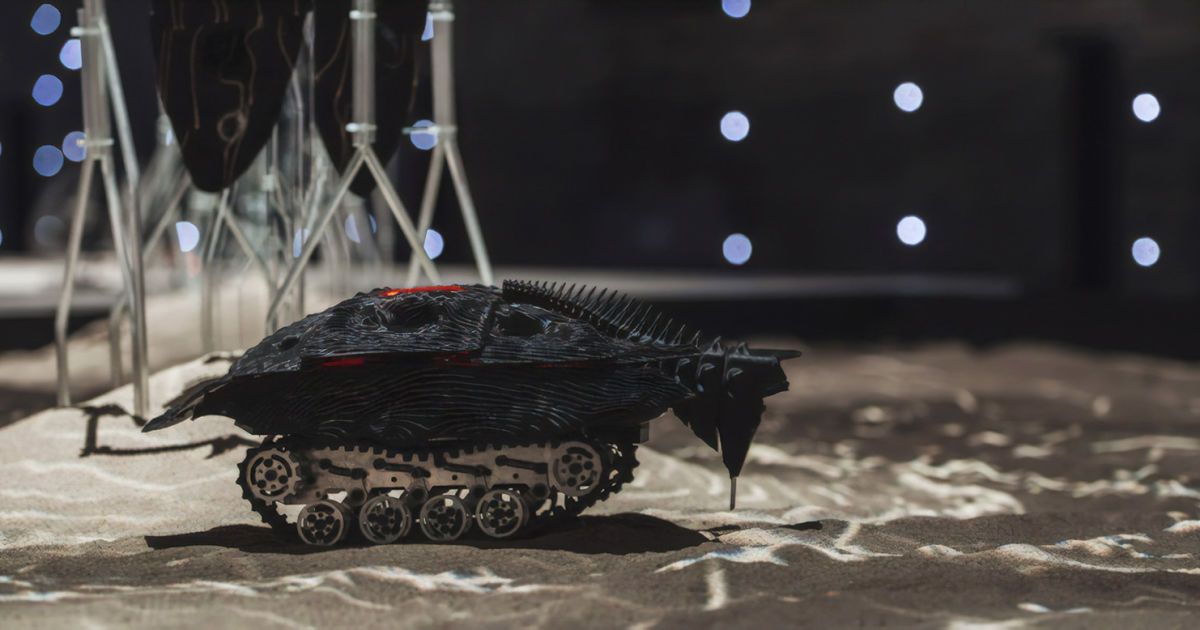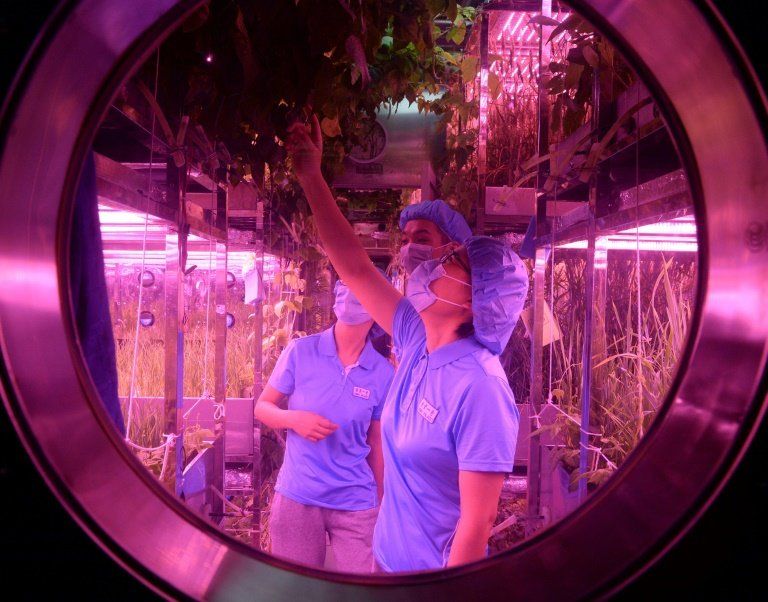Scientists thought the Milky Way and Andromeda galaxies were unique: They’ve got rings of smaller dwarf galaxies orbiting in what seems to be a synchronized fashion. But when a team of scientists recently looked at another galaxy, they realized it also seemed to shepherd a flock of dwarfs in a strange, synchronized dance. That’s not supposed to happen.
An international team of four researchers noticed the behavior in the elliptical Centaurus A galaxy, 30 million light years away from our own Milky Way. Dwarf galaxies should travel randomly around their parent, based on the standard theory of how galaxies form. Seeing yet another galaxy with this strange behavior is highly unlikely, and calls into question the very model that scientists use to understand structure in our universe.
Sure, you would expect to find one galaxy with this behavior, study author Oliver Müller from the University of Basel in Switzerland told Gizmodo. “But two or three is startling.”









